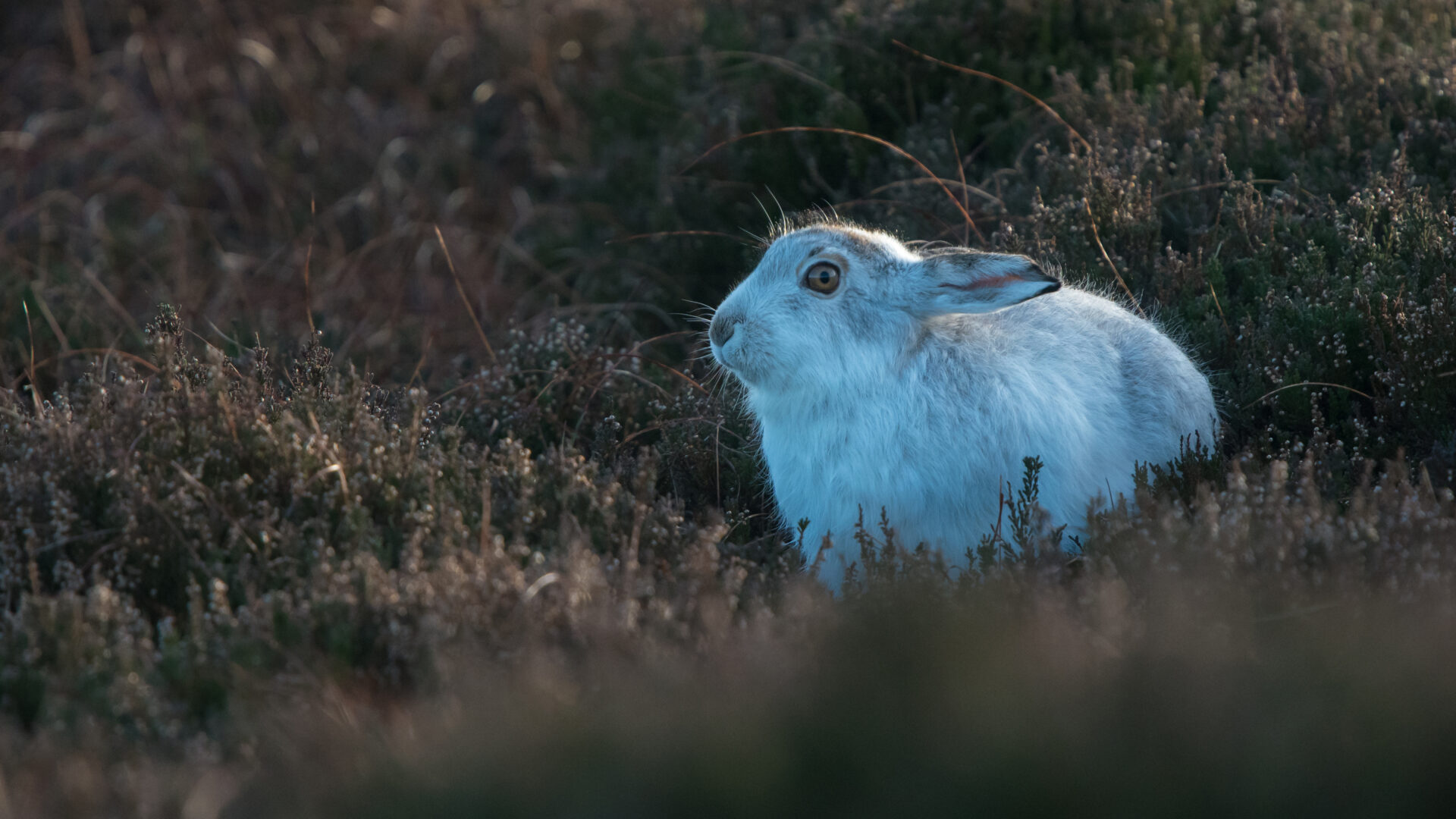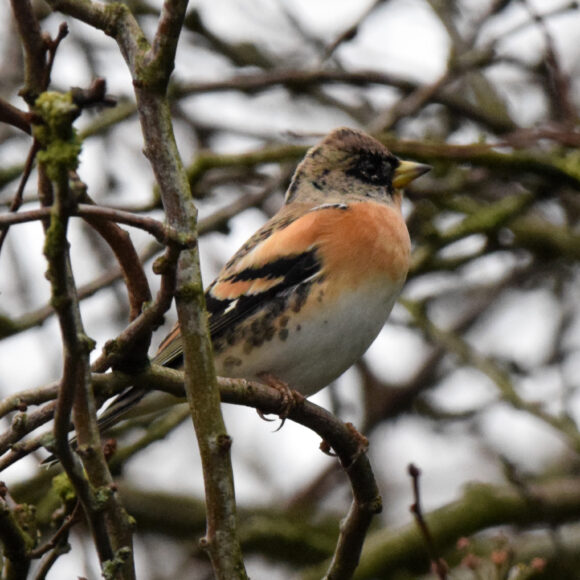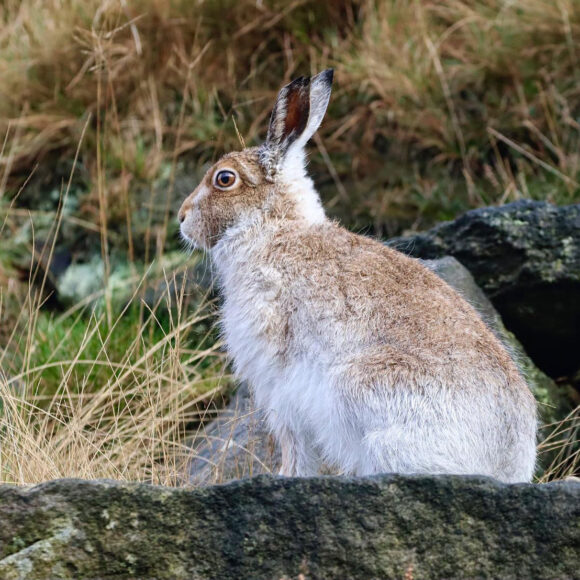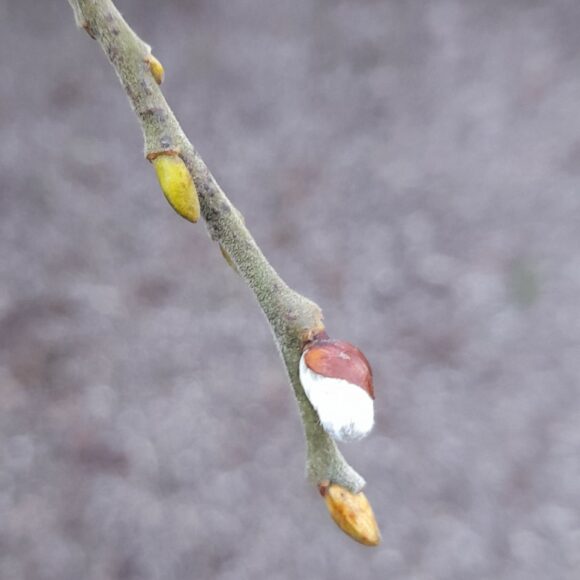
Look Wild: Wonderful Winter Wildlife
-
Date posted: 27/01/2022
-
Time to read: 10 minutes
Winter is one of the best times to see wildlife. Britain’s wild spaces are visited by migrating birds, there are lots of animals that put on special winter coats, and the trees shed their leaves and completely change character. Here’s a look at winter wildlife of the Peak District National Park, taken from contributions to the LookWild project.

Brambling
When is a Chaffinch not a Chaffinch? When it is a Brambling! The Brambling is one of many migratory birds that visit the UK during winter to escape harsh arctic temperatures and feast on berries and fruit. Bramblings are easily confused with Chaffinches as they are a similar shape, size and colour, but can often be seen in small flocks on birdfeeders and Beech trees during the colder months. Lots of other interesting birds visit in winter too, such as Barnacle Geese, Waxwings, Fieldfare, and Snow Bunting, so keep those eyes peeled! Bramblings are one of the many wintering birds that you’ll see when out in the Peak District over the next couple of months.
Did you know that sound recordings can be added to the LookWild project too? If you hear an interesting bird call when outside, you can record it and add it as an observation to the project, where our community of wildlife spotters will help ID what it is you’ve heard. Visit our webpage for more info on how to join LookWild.

Mountain Hare
Nothing quite says ‘winter’ like a white mountain hare. The Peak District is home to a small population of these beautiful animals. The mountain hare’s coat changes colour to white in the winter so that they are camouflaged against the snow on the high areas and peaks where they live. The photo above was taken at the end of November, while the hare was transitioning to its winter coat. This change of colour has become problematic for the hares due to the effects of global warming and the climate crisis. Now hares are white in the winter but there is no snow on the landscape around them, especially in the Peak District where snow is becoming less predictable, making the mountain hare in its winter coat quite easy to spot. Great for us nature lovers but bad news if you’re trying to avoid being eaten! If you’re feeling adventurous, take a winter walk on the moorland in the north of the Peak District and you might be lucky enough to spot one of these shy and stunning creatures.

Willow
In winter it is easy to forget about trees, especially the deciduous species that lose their leaves in the colder months. From being full and bushy all year, they suddenly adopt these stunning, skeletal forms – there is no more dramatic change than this in our winter landscape. We’re so used to thinking of trees through the shapes of their leaves, but it’s also possible to ID trees in winter from their twigs and it’s a great headscratcher if out on a winter walk. The Woodland Trust have put together a helpful guide for IDing twigs in winter. Look for the texture of the twig, and the size and shape of the buds, and don’t forget to share any photos you take on the LookWild project!
Observation by jcoates
With spring just around the corner, let us make the most of winter while it’s still here. If you’ve been inspired to get out into nature, you can share any photos or observations with us and get featured on our social or our newsletter! Send your observations to connect@nationalparks.uk
This Blog was written by Jessica Coatesworth, Engagement Support Officer at Peak District National Park. Banner photography by Tim Melling.